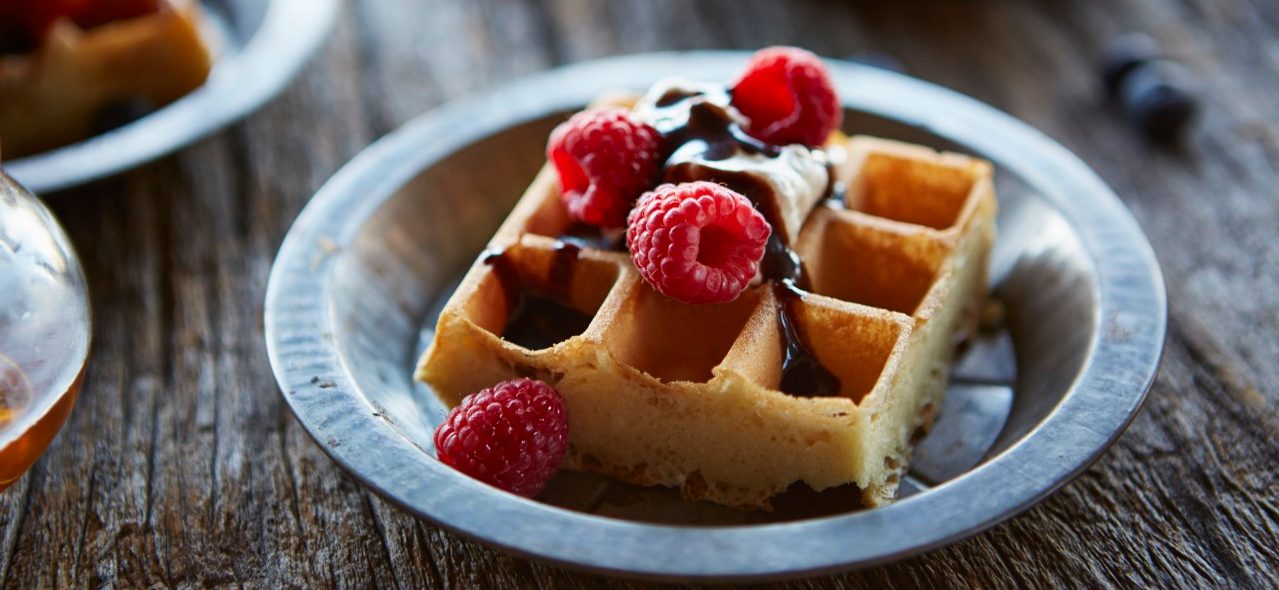What Is the Best Way to Eat for Diabetes?

To take charge of your blood sugar, learn to balance your meals with equal amounts of protein and high-fiber healthy carbs, and lots of non-starchy vegetables.
If you ask many dietitians, they are hesitant to talk about foods as “good” and “bad,” or to say, “eat this, not that.” The reason is simple. No one food is going to make or break your diet, or your quest for proper nutrition.
But for people with either type 1 or type 2 diabetes , some foods are much better for maintaining good blood sugar levels.
YOU MIGHT ALSO LIKE: You Can Prevent Diabetes
Foods to avoid if you have diabetes
The basic goal of nutrition for people with diabetes is to avoid blood sugar spikes. We all need carbohydrates to live. They are the body’s fuel of choice. But there are nutrient-dense carbs that make blood sugar rise more slowly and then level off, and empty carbs that spike blood sugar quickly. Even most people with diabetes eat both kinds, the latter as more of an occasional treat.
Cakes, cookies, and white breads and crackers can cause blood sugar spikes, says Lauren Elkins, a dietitian in Los Angeles. So can fruit juice or large portions of fruit. Cut carbs in your main courses as well, for example in pasta, battered fish, or fried chicken.
You don’t want to feel deprived. To stay on track, let yourself have some favorites on occasion but practice moderation. Portion control is key, Elkins says. She’s also a fan of counting carbs, as you’ll learn to read labels and understand what you’re actually eating. As you may have heard before, standard American portions are too big, especially in restaurants.
Because people vary, test your blood sugar two hours after eating a food you’re concerned about but enjoy to see how it affects you. Talk to your doctor: it might be fine to begin on your own with simple, realistic goals, for example, cutting out all sugar-sweetened soda and bread. But some people need a dramatic change and more support.
If you have had diabetes for a while, you will recognize that you need to stay away from foods high in unhealthy fats, sugar, salt, calories, and junk carbs, which aren’t good for anyone. You should still eat complex carbohydrates, including dairy products, beans, berries and small servings of other fresh fruit, nuts, and whole grains that include protein like quinoa. Plan to eat every four hours and balance carbs throughout the day.
What you should eat
You may find it more helpful in the long run to concentrate on what you should eat rather than what you shouldn’t. If you are newly diagnosed, see a diabetic nutritionist, or a dietitian, who will take a broader view of what you should eat by category — and why — rather than tell you to lay off hamburgers
Your closest hospital probably offers diabetic education classes; you can also check out the American Diabetes Association (ADA) for recipes and educational materials.
The ADA recommends filling half your plate with non-starchy vegetables. One quarter goes to lean protein and the other quarter to good carbohydrates like whole grains, starchy vegetables, and fruit.
A sample weeknight dinner: a double serving of collard greens with yellow squash filling half your plate, with the other side divided between a chicken breast and half a roasted sweet potato (and you can have butter).
If you crave meatloaf, make it with turkey and pair it with mashed potatoes if you like — but fill half your plate with salad.
For breakfast or lunch, you might have Greek yogurt (the thick kind), which is high in protein, with blueberries for sweetness. Try avocado toast with a whole-grain rye bread.
How to stop eating junk
If you have diabetes and knowingly eat a lot of junk food, bad food lists probably aren’t going to change your habits.
You may need a complete change in the way you think about food and your health — and support. A therapist may make the difference.
Support groups can be invaluable: you’ll get tips from other people, receive support, hear success stories, and may get a boost from helping others. Check here for a group near you. Consider joining the 12-steps group Overeaters Anonymous, if you think you have an unhealthy relationship with food or body image. It’s modeled on Alcoholics Anyonymous, which is the most successful approach to alcoholism.
Self-damaging eating is similar in the sense that you have habits you can’t easily stop. Food, like alcohol, is often how we connect to family and friends or fill times we’re lonely. Support groups provide a regular talkfest that isn’t bonding over beer or pizza. Remember, a diet that will help you manage your blood sugar is a diet that is healthy for anyone.
YOU MIGHT ALSO LIKE: How to Make the Right Choices
Updated:
April 27, 2022
Reviewed By:
Janet O’Dell, RN